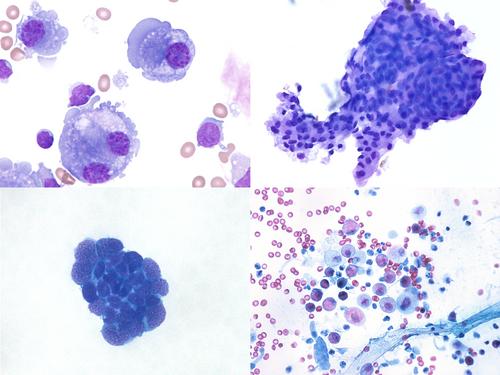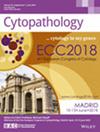The detection of neoplastic cells in cerebral spinal fluid (CSF) is pivotal for the management of patients with central nervous system (CNS) tumours. This article delves into the CSF cytological characteristics of common CNS neoplasms, aligning with the 2021 World Health Organization (WHO) classification of CNS tumours.
A retrospective review of CSF specimens positive for primary CNS neoplasms was performed at three tertiary medical centres. Only cases that had histopathologic confirmation and/or molecular workup were included.
Common primary CNS neoplasms seen in CSF cytology specimens include medulloblastoma, (non-WNT/non-SHH as well as SHH-activated and TP53 mutant), pineoblastoma, atypical teratoid/rhabdoid tumour (AT/RT), IDH-wildtype glioblastoma, and primary diffuse large B-cell lymphoma of the CNS. Ependymomas and germinomas can also have CSF involvement but are less common. Although the typical histologic architecture of these tumours may not be preserved in the CSF, unique cytomorphologic features such as nuclear moulding, nuclear pleomorphism, rhabdoid cells, prominent nucleoli and rosette formation can still be appreciated.
Adopting the updated terminology and correlating cytologic observations with molecular findings will streamline the diagnostic process, reducing the complexities and ambiguities pathologists often encounter when analysing CSF specimens for potential primary CNS neoplasms.




